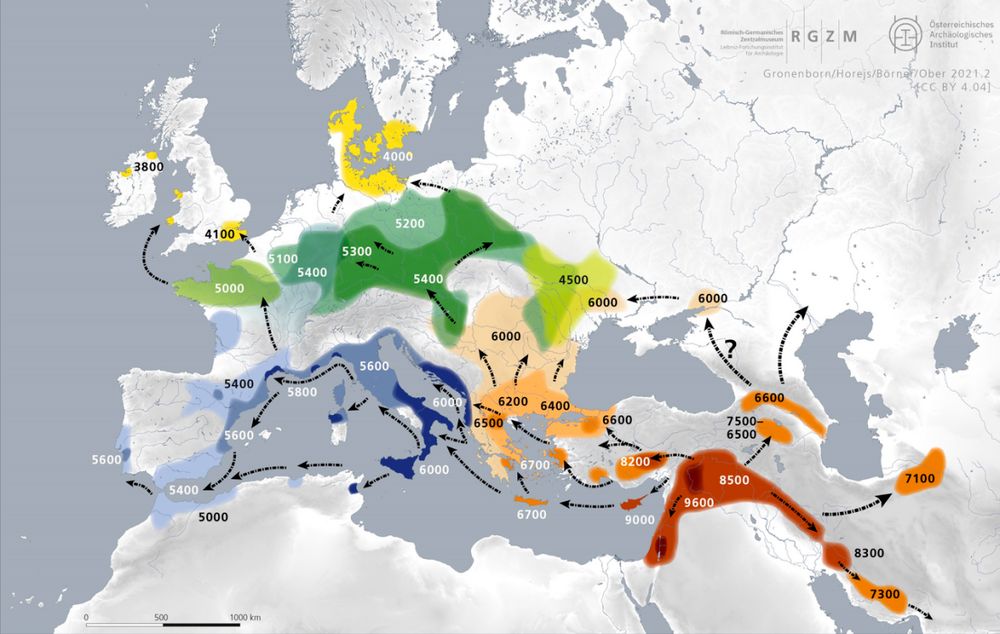Interested in mapping, urban planning, transportation, time use, Nova Scotia
#geography #location #maps #transportation #urban
macleans.ca/society/mont...

macleans.ca/society/mont...
Last week I got to ride on the REM line, now fully open from Brossard to Deux-Montagnes.
Automated. Electric. Frequent (2.5 minute headways). Fast (100 km/h plus). Cheap to build. (One tenth the price of other systems)
And really fun to ride...
🧵

Last week I got to ride on the REM line, now fully open from Brossard to Deux-Montagnes.
Automated. Electric. Frequent (2.5 minute headways). Fast (100 km/h plus). Cheap to build. (One tenth the price of other systems)
And really fun to ride...
🧵



(This Data Insight was written by @eortizospina.bsky.social.)
Seasonal influenza is sometimes seen as a mild illness, but it remains a major cause of death.

(This Data Insight was written by @eortizospina.bsky.social.)
Seasonal influenza is sometimes seen as a mild illness, but it remains a major cause of death.


Ironically as a Geographer first and foremost then Planner I typically cover any one of these fields depending on the environment and requirements

Ironically as a Geographer first and foremost then Planner I typically cover any one of these fields depending on the environment and requirements

brilliantmaps.com/spread-of...

brilliantmaps.com/spread-of...
Reporting this story involved a complete relearning of what I thought I knew about the climate future.
w/@corbinhiar.bsky.social
www.politico.com/news/magazin...

Reporting this story involved a complete relearning of what I thought I knew about the climate future.
w/@corbinhiar.bsky.social
www.politico.com/news/magazin...
momentummag.com/the-30-most-...

momentummag.com/the-30-most-...


www.cbc.ca/news/canada/... for Halifax-area develop...
www.cbc.ca/news/canada/...

www.cbc.ca/news/canada/... for Halifax-area develop...
www.cbc.ca/news/canada/...









